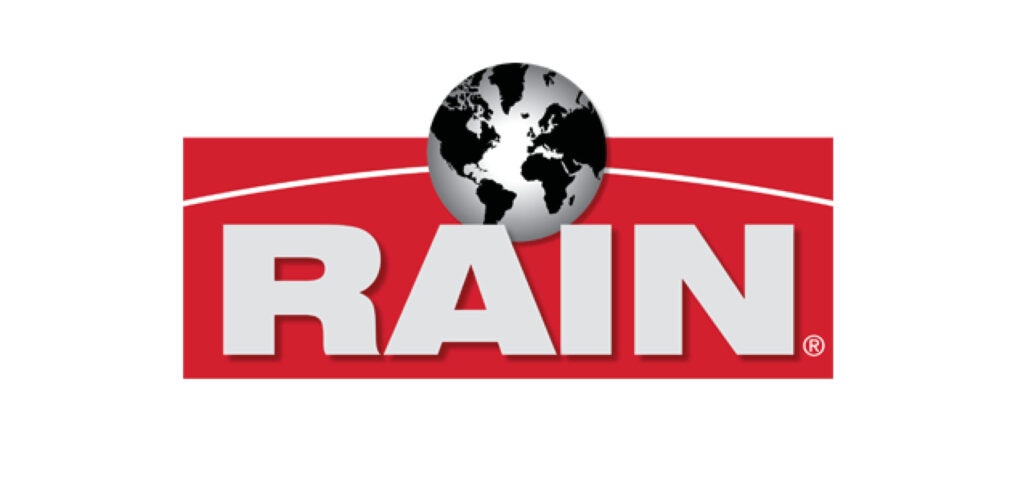Carbon-based products and advanced materials company Rain Carbon has announced the opening of a US$1.3m rubber lab at the company’s production facility in Duisburg, Germany.
The lab features a complete processing line, with a rubber bale cutter at the start, followed by a lab station for internal mixing and finally, a complete analysis utilizing rubber-process and dynamic-mechanical analyzers.
“This investment will enable Rain Carbon to significantly improve our technical services and targeted product development for the rubber industry, with the intention of positioning our company as a preferred partner in terms of applications and R&D cooperation,” commented Kris Vanherbergen, executive vice president of carbon distillation and advanced materials.
Each year the company produces an estimated 10,000 tons of performance resins for the rubber sector, with the aim of improving grip characteristics, reducing the rolling resistance of tire compounds, and enhancing the mechanical dynamic properties of technical rubber articles.
Before building the new laboratory, Rain Carbon stated that it relied heavily on a third-party lab that slowed product development and inhibited internal knowledge required by the company to establish technical relationships.
“Our customers want to have a detailed understanding of the resins we supply and their performance,” said Jun Liu, head of R&D and application technology for the carbon distillation and advanced materials business unit, Rain Carbon.
“Unfortunately, we could only provide customers with analytical results in the past, which did not foster a stronger technical relationship. We are very pleased to be taking this step to enhance our technical and R&D support.”
“With this significant lab investment, we can now look left and right, rather than just straight ahead,” she added. “We can assess a broader range of variables giving us a much better understanding of our products and their performance, plus we can now evaluate how certain modifications will optimize our products for specific applications or result in a new resin.
“In addition, being able to conduct the testing in-house will improve our knowledge about the link between resin structure and performance. This will enhance our credibility with rubber customers allowing us ‘to speak their language’ when it comes to key performance data related to grip and abrasion, dynamic loss factor, the interaction between rubber and filler, processing capability and more.”



